I was thinking about a question that was just up here, someone's interview I think. Anyway I'd never really thought about what happens when you have two diodes in series but reverse biased.

simulate this circuit – Schematic created using CircuitLab
Why is the voltage drop shared, or 10V across each of them? I mean I understand if it were resistors there'd be a current flow, I suppose here it's the very small reverse bias current flow? I just don't understand what's happening at a low level :)
Then having Vdrop be VCC/3 seems like a text book answer, like the real answer should be each diode's characteristics are a little bit different so depending on how much current each one is handling, however small somehow leads to the voltage drop across it.
So how does that work in real life?
